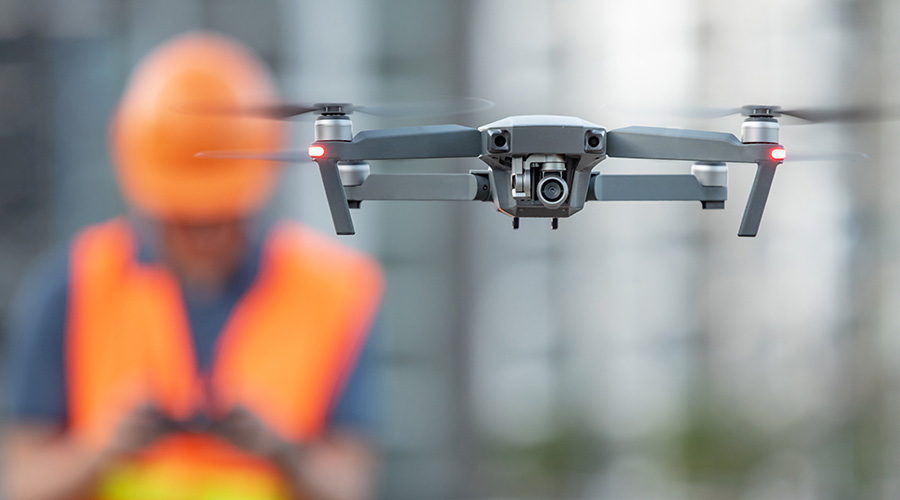Improving Productivity: Measure What Matters
When maintenance and engineering managers seek to improve the productivity of front-line technicians in institutional and commercial facilities, two key concepts figure prominently in the discussions — computerized maintenance management systems (CMMS) and key performance indicators (KPIs).
A KPI is a performance measurement, often based on data gathered using a CMMS, that managers can use to evaluate the effectiveness and productivity of technicians. Together, they are vital assets managers can use to achieve their desired goals. But too many KPIs and too little thought about the implementation of the CMMS too often means wasted money and time.
“A lot of times, I see people buy more (modules) than they actually need,” when implementing a CMMS, says Teena Shouse, vice president of Facility Engineering Associates, an engineering and facility management consulting firm. “People get very excited and think ‘We need the Cadillac,’ when quite honestly, sometimes you just need a good, old Taurus.”
Start with CMMS
A CMMS can enable managers to monitor and improve the productivity in their departments by eliminating spreadsheets and paper in favor of technology for gathering and analyzing data related to maintenance and repair.
Improving productivity “starts with being more efficient and being better organized,” Shouse says about CMMS implementation. “But the data that can be gathered from a CMMS system can be invaluable. It really helps the technicians understand correct ordering and inventory levels. If you’re organized, you can get things done more efficiently. It’s just a fact of life.”
A CMMS with mobile capability enables technicians to discuss issues remotely or exchange photos and video when seeking guidance repairing equipment. It can eliminate time previously spent driving back to the shop to address an issue, sometimes saving hours of downtime and increasing productivity.
“Not only do (technicians) have a better tool that enables them to be tethered back to the mother ship,” Shouse says. “They are able to access not only what work orders are needed but have it tied to a good history. They can look up the history of a piece of equipment and see it’s already been broken four times.
“It also enables them to have a video, a Skype call, or some sort of interactive video where they can be in front of a piece of equipment, and go back to the lead technician or chief engineer and say, ‘I need some help.’”
When it comes time for technicians to input essential data on job tasks into the CMMS, managers need to ensure forms are as simple as possible.
“It is essential that technicians not be required to write Victorian novels,” says Martin McElroy of The Martin Co., a management consulting firm. “They prefer hand tools, and that does not include pens, keyboards, or handheld devices. Create shortcuts to capture what they see with their eyes. Checklists and tags work miracles. Our standard is (that) no tech should ever have to write more than three words in a field or 20 words on a form. They can provide amazing information with checklists that never have more than seven items and are tailored for each type of task or equipment.”
Accurate data entered by technicians into the CMMS become the basis for KPIs.
Related Topics:













